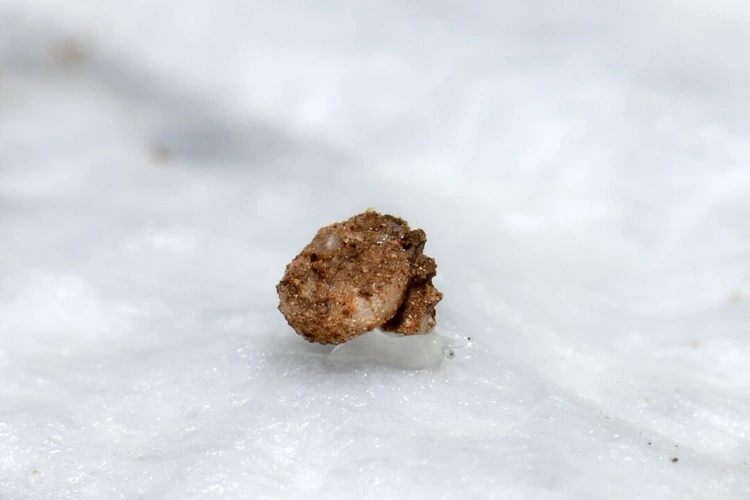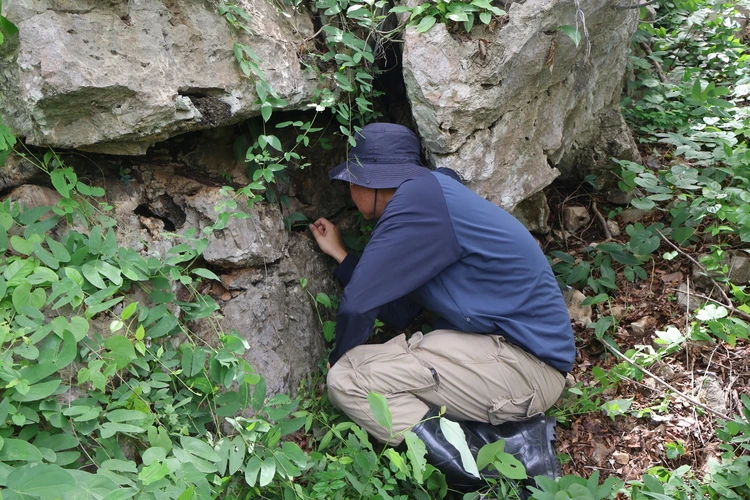
Tiny snail – measuring less than 2mm wide – with semi-transparent body found in karst limestone hills of western Cambodia
By
They’re the same size as the tip of a crayon. Camouflaged on a cave wall in Cambodia, these microsnails may have easily been missed – but thanks to a team of eagle-eyed researchers, the creatures have become one of the latest new species to have been discovered around the world.
Located in the Sisophon-Battambang limestone karst hills of western Cambodia, the new species – known as Clostophis udayaditinus – was first spotted during a field survey conducted in 2024 by Fauna & Flora, in collaboration with the Ministry of Environment and a group of experts led by Chulalongkorn University, and supported by Mahidol University and Khon Kaen University.
Enjoying this article? Check out our related reads:
With colourless, semi-transparent bodies, the microsnails possess a rather remarkable appearance, featuring shells decorated in soil and dirt in star-shaped patterns. Researchers believe such an aesthetic helps the snails to trap humidity and acts as camouflage.
The hidden biodiversity of karst landscapes
The microsnails’ discovery reiterates how biodiverse karst landscapes can be, not just in Cambodia but across the world. Often featuring caves and sinkholes, karst landscapes are known for their inaccessibility. As such, a plethora of endemic animal and plant species – many of which have disappeared elsewhere due to hunting and habitat loss – can thrive in these isolated areas.

Examples include Delacour’s langurs – a monkey that lives in small pockets of limestone habitat in northern Vietnam – along with 24 gecko species in Myanmar residing on the individual limestone outcrops where they were first found.
However, the rich biodiversity offered by karst landscapes can easily be maimed. As highly-sensitive regions, any destruction – from minor damage to large-scale obliteration due to cement mining – can leave entire species threatened with extinction. It’s a reality that researchers point out poses a significant threat to the newly-discovered microsnails, particularly if habitats become modified due to tourist development.
‘In Cambodia and elsewhere, Fauna & Flora aims to focus global attention on the importance of conserving limestone habitats and the innumerable uniquely adapted plants and animals they harbour,’ said Country Director of Fauna & Flora’s Cambodia Programme, Pablo Sinovas.



